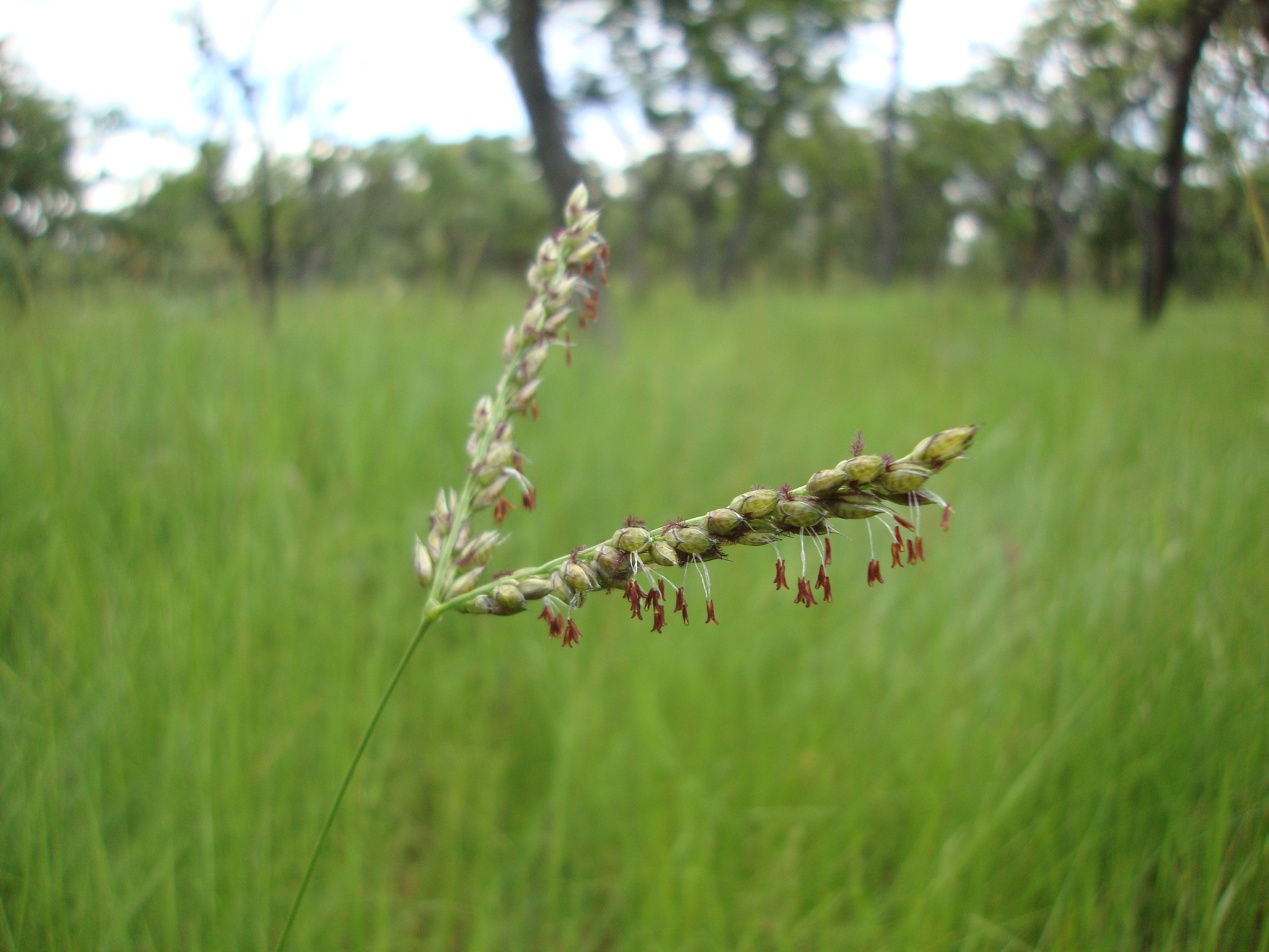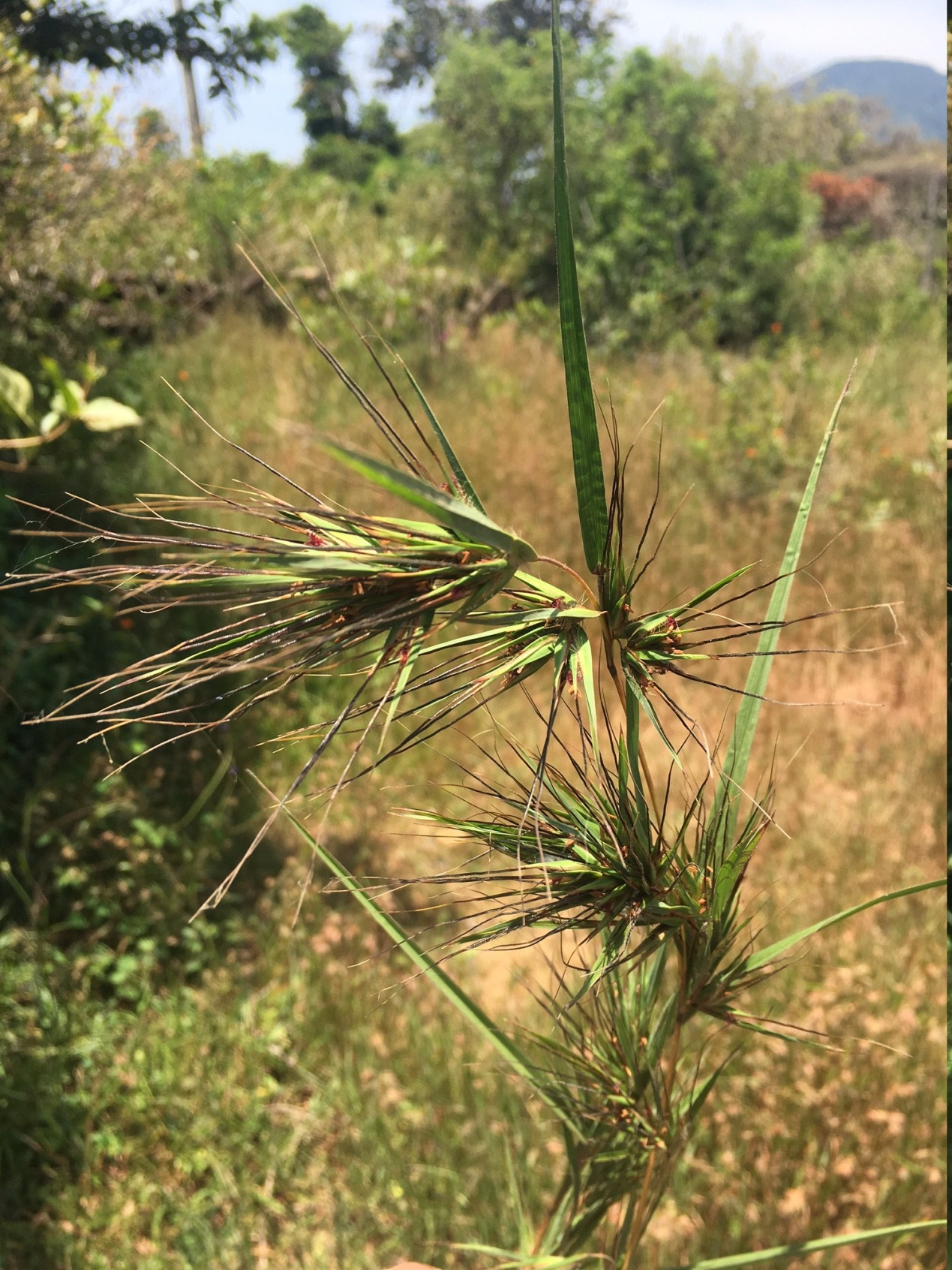Scientists have discovered that grasses are able to short cut evolution by borrowing genes from their neighbors. The findings suggest wild grasses are naturally genetically modifying themselves to gain a competitive advantage.
Understanding how this is happening may also help scientists reduce the risk of genes escaping from GM crops and creating so called “super-weeds” - which can happen when genes from GM crops transfer into local wild plants, making them herbicide resistant.
Since Darwin, much of the theory of evolution has been based on common descent, where natural selection acts on the genes passed from parent to offspring. However, researchers from the Department of Animal and Plant Sciences at the University of Sheffield, Institute of Plant Science at University of Bern and Kunming Institute of Botany, Chinese Academy of Sciences have found that grasses are breaking these rules.
Lateral gene transfer allows organisms to bypass evolution and skip to the front of the queue by using genes that they acquire from distantly related species. Scientists looked at grasses - some of the most economically and ecologically important plants on Earth including many of the most cultivate crops worldwide such as: wheat, maize, rice, barley, sorghum and sugar cane.
The paper entitled: Lateral transfers of large DNA fragments spread functional genes among grasses, published in the journal Proceedings of the National Academy of Sciences, explains how scientists sequenced and assembled the genome of the grass Alloteropsis semialata.
Studying the genome of the grass Alloteropsis semialata which is found across Africa, Asia and Australia. Researchers were able to compare it with approximately 150 other grasses including rice, maize, millets, barley, bamboo etc. They identified genes in Alloteropsis semialata that were laterally acquired by comparing the similarity of the DNA sequences that make up the genes.
“We also collected samples of Alloteropsis semialata from tropical and subtropical places in Asia, Africa and Australia so that we could track down when and where the transfers happened,” said Dr Dunning (the first author). “Counterfeiting genes is giving the grasses huge advantages and helping them to adapt to their surrounding environment and survive. This research also shows that it is not just restricted to Alloteropsis semialata as we detect it a wide range of other grass species. This research may make us as a society reconsider how we view GM technology as grasses have naturally exploited a similar process. Eventually, this research may also help us to understand how genes can escape from GM crops to wild species or other non-GM crops, and provide solutions to reduce the likelihood of this happening. The next step is to understand the biological mechanism behind this phenomenon and we will carry out further studies to answer this."
The research received funding from the European Research Council (ERC), Natural Environmental Research Council (NERC) and the Royal Society.

Alloteropsis_semialata_Zambia (Image by KIB)

Themeda_triandra_SriLanka (Image by KIB)
Contact:
YANG Mei
General Office
Kunming Institute of Botany, CAS
Email: yangmei@mail.kib.ac.cn
(Editor: YANG Mei)




